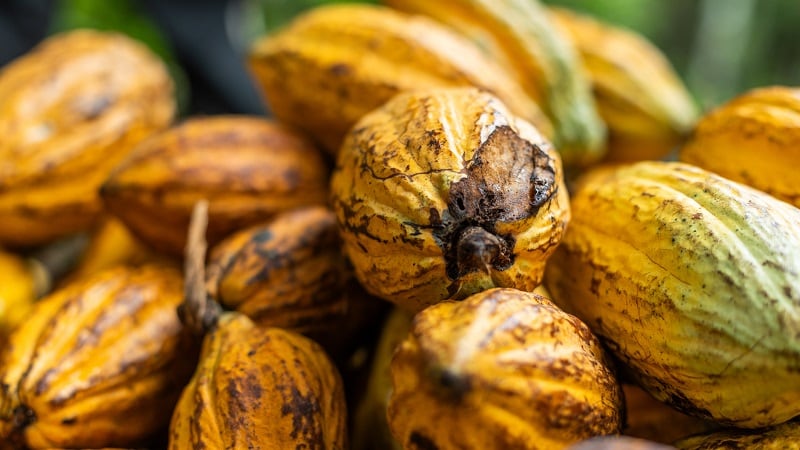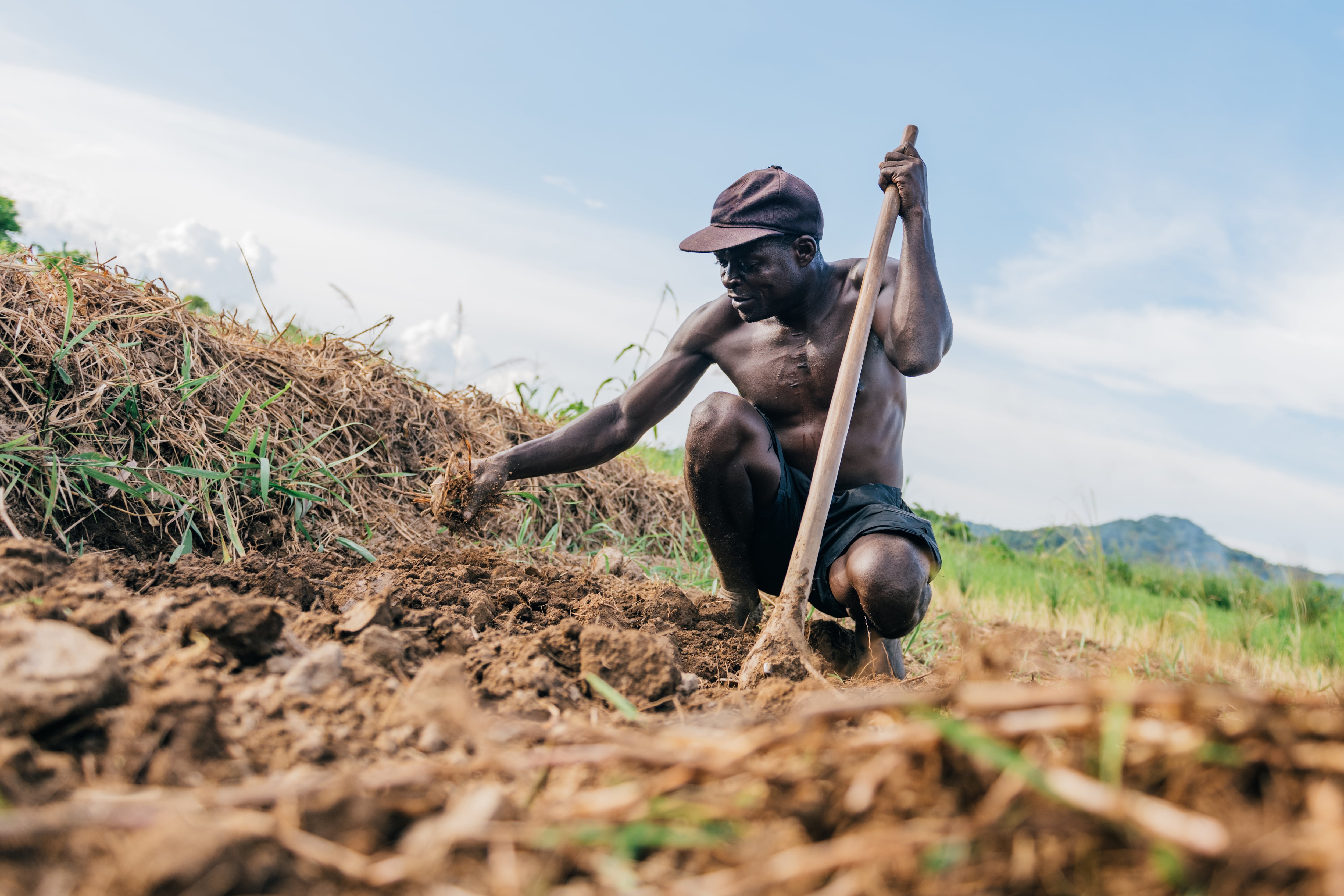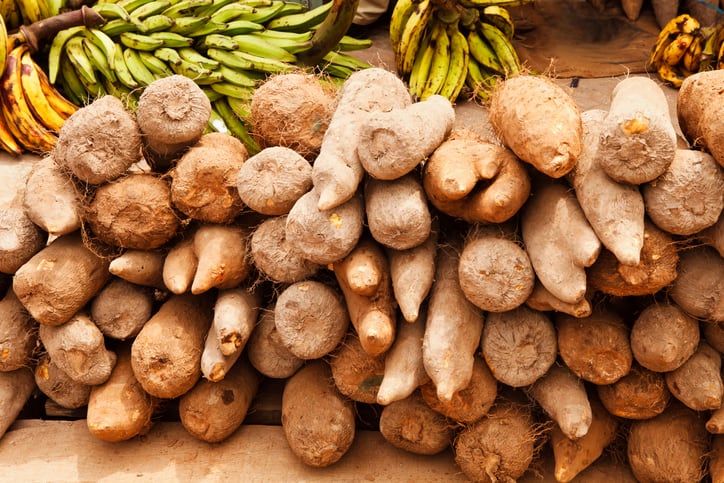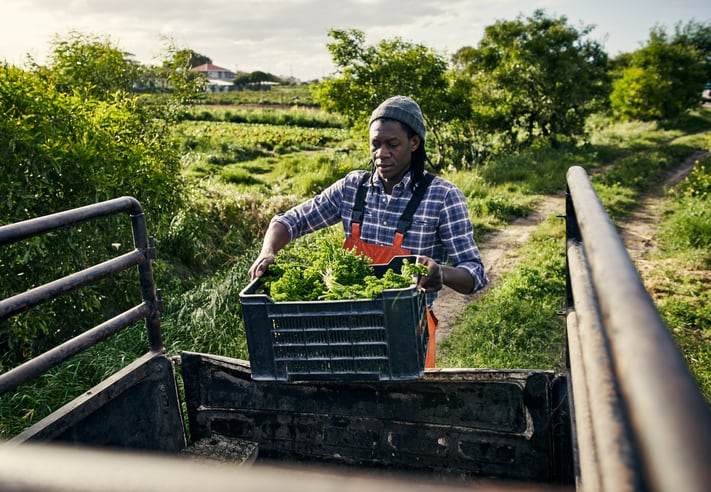African cocoa farmers and agriculture stakeholders are rethinking their response to climate change and how best to optimize cocoa and rice supply chains, as warmer temperatures are expected to bring market volatility for years to come.
Cacao trees need stable temperature, plenty of rain, healthy soil, and high humidity to thrive, with nearly half the globe’s chocolate coming from Côte d’Ivoire and Ghana, according to the National Oceanic and Atmospheric Administration. “Extreme heat is a very significant concern and will be a concern going forward” in Africa, which will impact cocoa production, Will Kletter, COO at ClimateAi, told AgTechNavigator.
Thus, agricultural stakeholders are considering adaptation strategies to secure Africa’s cocoa supply chain. Climate adaptation is preparing now for the eventual impacts of climate change in the future, where climate mitigation prioritizes reducing greenhouse gas emissions to prevent the worst outcomes from climate change, he explained.
ClimateAi worked alongside NEC to develop a climate adaptation model for African cocoa and rice growers, exploring how various investments could lead to positive ROI, as shared in a press release. NEC presented this model at the ICAD Business Expo & Conference, part of the Ninth Tokyo International Conference on African Development, which was held in Yokohama this month.
Calculating the ROI of climate change adaptation
NEC and ClimateAi’s model for adaptation focused on three key areas with varying degrees of farmer ROI: incorporating irrigation systems, planting climate-adapted crop varieties, and changing the planting time for crops. Most of these objectives require “significant investment for farmers,” Kletter noted.
Implementing irrigation systems not only came with a major financial risk, but doing so “did not have a significant positive ROI in terms of the impact of heat reduction,” Kletter explained. Additionally, “rainfall patterns are largely expected to be stable, if not even benefiting, in certain parts of Cote d’Ivoire,” so irrigation might not be as needed as much from a water management perspective, he added.
On the other hand, “investing in new varieties that are more heat tolerant was found to have a positive ROI,” but required cocoa farmers to rip up existing crops, which would negatively impact earnings in the short term, Kletter explained. So, while better in the long-term than implementing irrigation systems, this adaptation strategy requires “alternative sources of funding to bridge them through that period” of replanting and the cacao tree reaching maturity, he added.
The last approach — moving up the planting schedule — is a cost-effective and low-risk climate change adaptation solution, which can help African cocoa and rice farmers. With warmer weather year-round, growers can now plant their crops earlier, perhaps in the spring, Kletter said.
“There is absolutely some risk for them of a change in that timing, and there is a need to invest in some type of enablement and education ... and make sure they have the right resources, make sure all their inputs that they need to be successful arrive on that earlier time horizon. So, I do not want to say it is costless, but it is much lower risk,” Kletter elaborated.
He added, “With our tool, we are able to say, ‘this thing is a lower risk intervention, [but it] also has a very significant ROI.’ In some cases, maybe not as high or close to as high as some of the more drastic interventions, like changing the variety, or investing in irrigation.”





